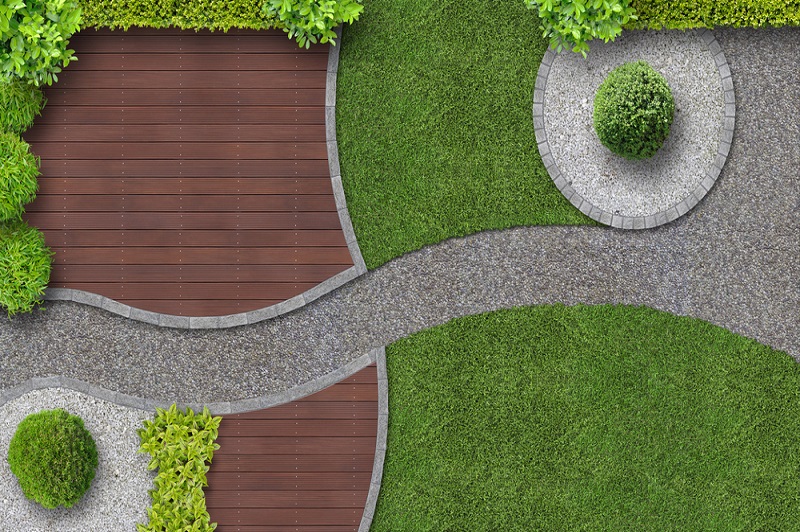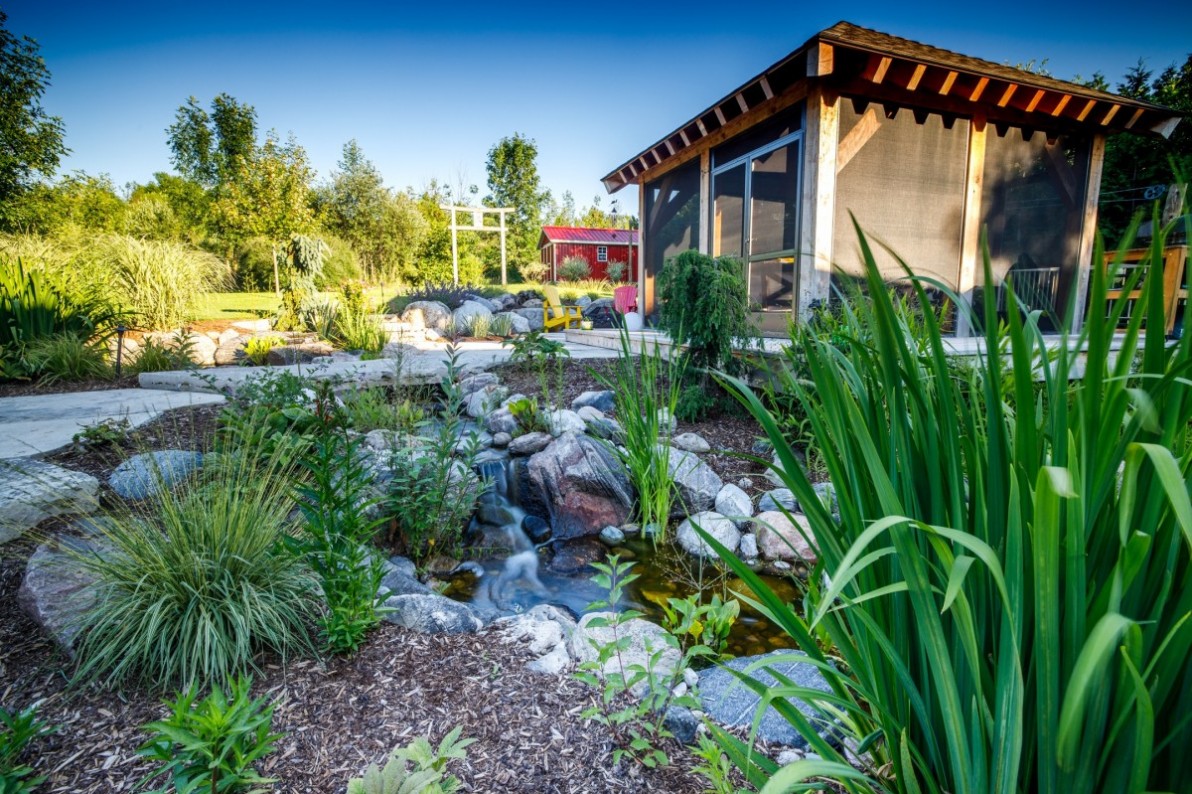9 Simple Techniques For Landscapers
9 Simple Techniques For Landscapers
Blog Article
About Landscapers
Table of ContentsLandscapers Things To Know Before You Get ThisSome Known Questions About Landscapers.The Of LandscapersThe Main Principles Of Landscapers Not known Facts About LandscapersGet This Report about Landscapers
- A garden function where water is stood for by an accumulated rock item, generally a crushed rock or granite.- A stone or natural flagstone patio, path, or walkway developed without a concrete base.- A rock retaining or complimentary standing wall built without the usage of mortar. - A below ground framework that gather water and allows it to slow percolate right into the soil around it.
Landscape style that works with a sites' atmosphere in both appearance and sustainability without unfavorable effects to the setting. Interrupting the landscape is a line of demarcation that produces aesthetic rate of interest in the garden by separating one section from an additional section. This can be visual or functional, keeping one component (such as pea crushed rock) from getting blended into another (like bark dirt).
Locations can also have a sensation of "enclosure" given by trees, various other growings, fences, or displays. The landscape near the entrance to a building.
The 25-Second Trick For Landscapers

The component in a landscape style or location in a landscape that is suggested to be most popular. The focal factor can be a plant, boulder, statuary, gathering area, or other landscape feature.

Landscapers Fundamentals Explained
Reduced plants that are permitted or encouraged to spread out over an area. Can refer to any kind of "tough" yard elements including statuary or stones however many generally is utilized to refer to paths, patio areas, and walls - Landscapers.: Height difference in between the degree of water in a fish pond (or the degree of the pump if it rests outside the pond) and the top electrical outlet of water which influences efficiency of the water pump in gph (gallons per hour).
A chemical utilized to manage weeds. Fencing boards that run flat, typically used in modern-day or Japanese-inspired landscape designs. Lines that specify spaces within a landscape concept. These frequently prolong from edges or key attributes of an existing framework. Proper usage of fictional lines can assist the landscape really feel linked to the home and other aspects.
Standard PNW landscapes are casual. A plant that spreads more than wanted, or into environments where it does damage.
The Ultimate Guide To Landscapers
Smart irrigation controller evaluations and suggestions here. 2-D rendering of the proposed irrigation system. Can include head positionings and insurance coverage, pipe sizing, GPM specs, and products required to mount this system. A watering strategy is usually unnecessary for household buildings but prevails for commercial projects. Licensed specialist who develops landscapes, educated in design and architecture as well as in cultivation.
Landscape designers commonly have less education than Landscape Architects and are not licensed. A finished landscape style, detailing all aspects for the new landscape.
Calcium material used to raise the pH in soil, which will make it much less friendly to moss (Landscapers). A my explanation water tight HDPE product used beneath ponds, streams and waterfalls in water features. Utilizing many plantings of the same range to load in a location in the landscape. This can decrease upkeep and water usage in the yard.
A mix of concrete, sand, and water that is used in rock stonework for establishing rocks and joints. A layer of compost or bark dirt used at the base of a plant. A mass planting of moss. A plant that existed in a geographical location prior to people began altering the landscape.
The Best Guide To Landscapers
How the yard or a yard element is set up in connection to an existing or brand-new feature or to an instructions. Yards that are not trimmed yet expanded in landscapes as perennials.

Plants that supply seasonal interest and after that pass away back in the wintertime. Cold season yard that is the most common lawn grass in Portland, OR and the rest of the PNW.An open roofed structure over a patio or various other landscape attribute.
Basalt aggregate ranging in dimension from 1/4" down to dirt. One of the most usual landscape gravel in the PNW. Area of the landscape made to manage water till it can saturate right into the ground. A chain that regulates water as it travels from a you can find out more roofing rain gutter to the ground. Yard framework that produces a growing area that is had and more than the surrounding click over here grade.
Producing a yard feature consisting mostly of stones with plantings that complement and can thrive in the rocky setting. Lawn sprinkler head design that rotates a stream of water throughout a location.
Everything about Landscapers

Report this page